Linked lists
Unlike a contiguous block of memory, order in linked lists is determined by a pointer in each object.
The head of a linked list is the first node, and it's tail is the last node.
Searching a linked list is in the worst-case.
Inserting a node before the current head, or at any specific place if you have a pointer to that specific place, is .
Deleteing a node takes time if you have a pointer to that node (otherwise search is ). Also, deletion is in a doubly linked list, whereas it's in the worst case for a singly linked list.
Insertion and deletion are faster for linked lists than for arrays, but finding the element in an array would be time in an array whereas it would be time in a linked list.
A sentinel is a dummy object that simplified boundary conditions. The sentinel represents NIL but has the attributes of a node (next, key, prev if doubly linked). Using sentinels doesn't change the asymptotic run time of linked list operations, but can decrease the constant factor.
struct Node {
int value;
struct Node* prev;
struct Node* next;
}
// Search head for v
struct Node* list_search(struct Node* head, int v) {
struct Node* i = head;
while (i && i->key != v)
i = i.next;
return i;
}
// Prepend x to the head
void list_prepend(struct Node* head, struct Node* x) {
x->next = head;
x->prev = NULL;
if (head)
head->prev = x;
head = x;
}
// Insert x after y
void list_insert(struct Node* x, struct Node* y) {
x->next = y->next;
x->prev = y;
if (y->next)
y->next->prev = x;
y->next = x;
}
void list_delete(struct Node* head, struct Node* x) {
if (x->prev)
x->prev->next = x->next;
else
head = x->next;
if (x->next)
x->next->prev = x->prev;
}